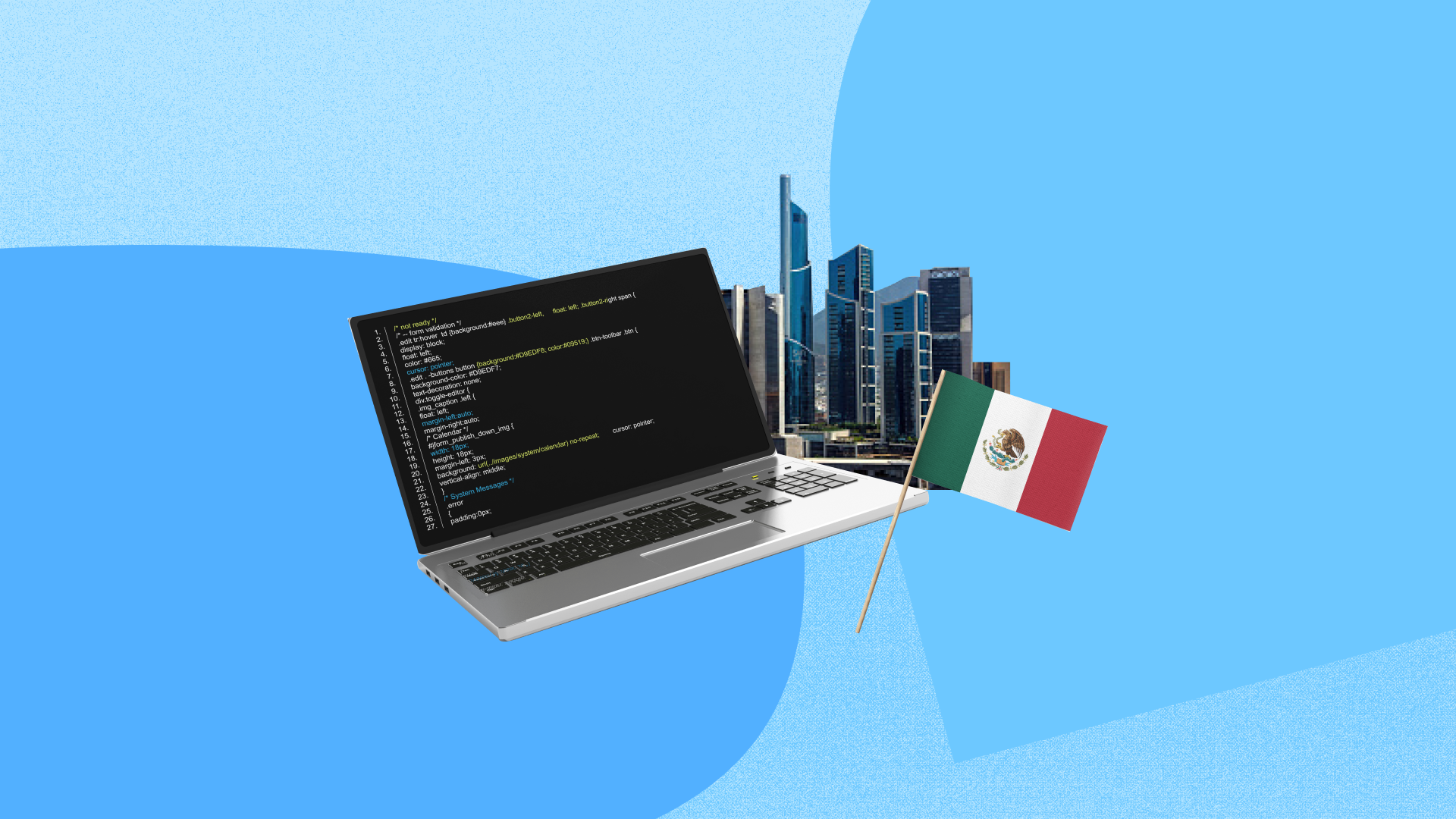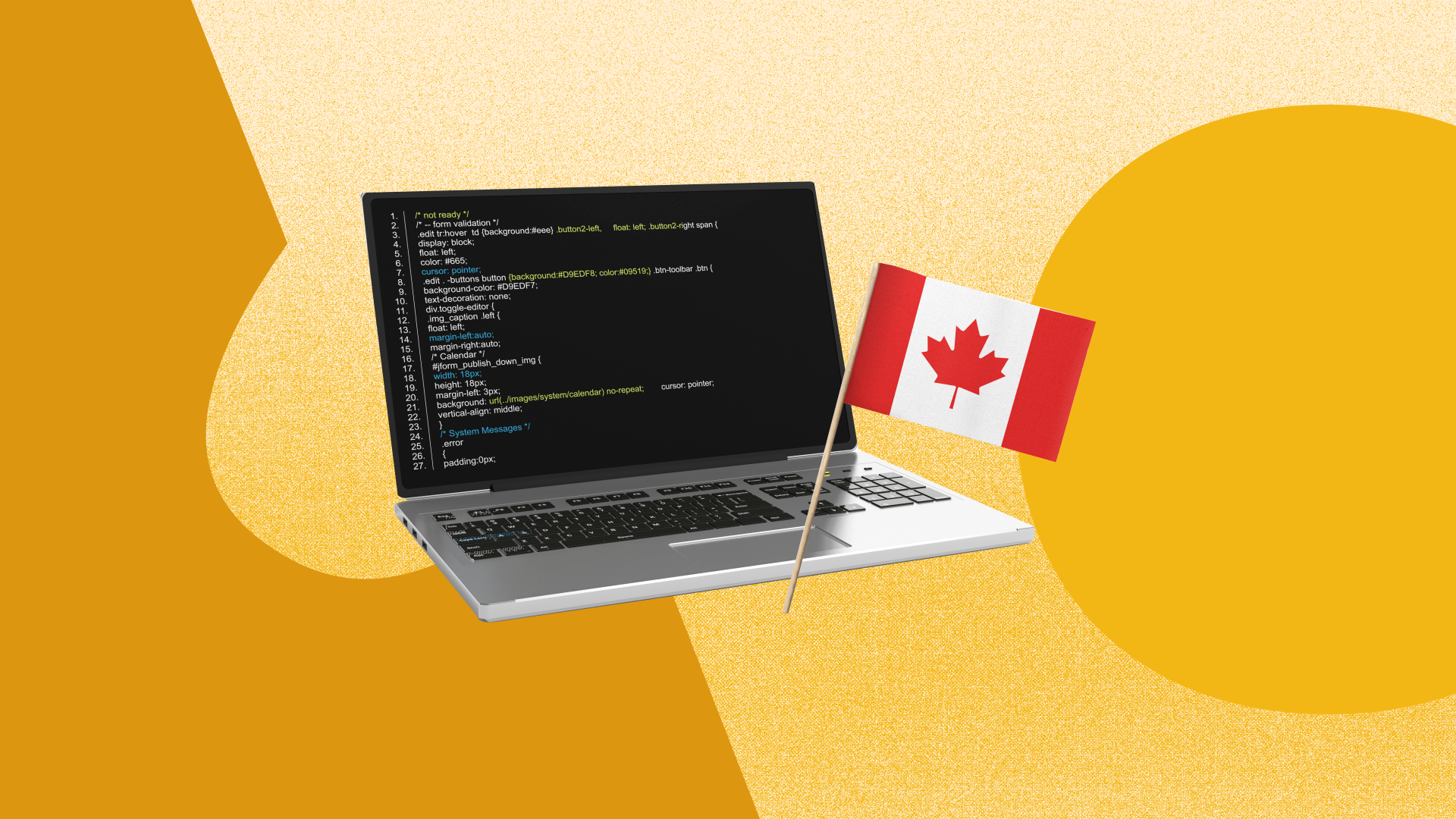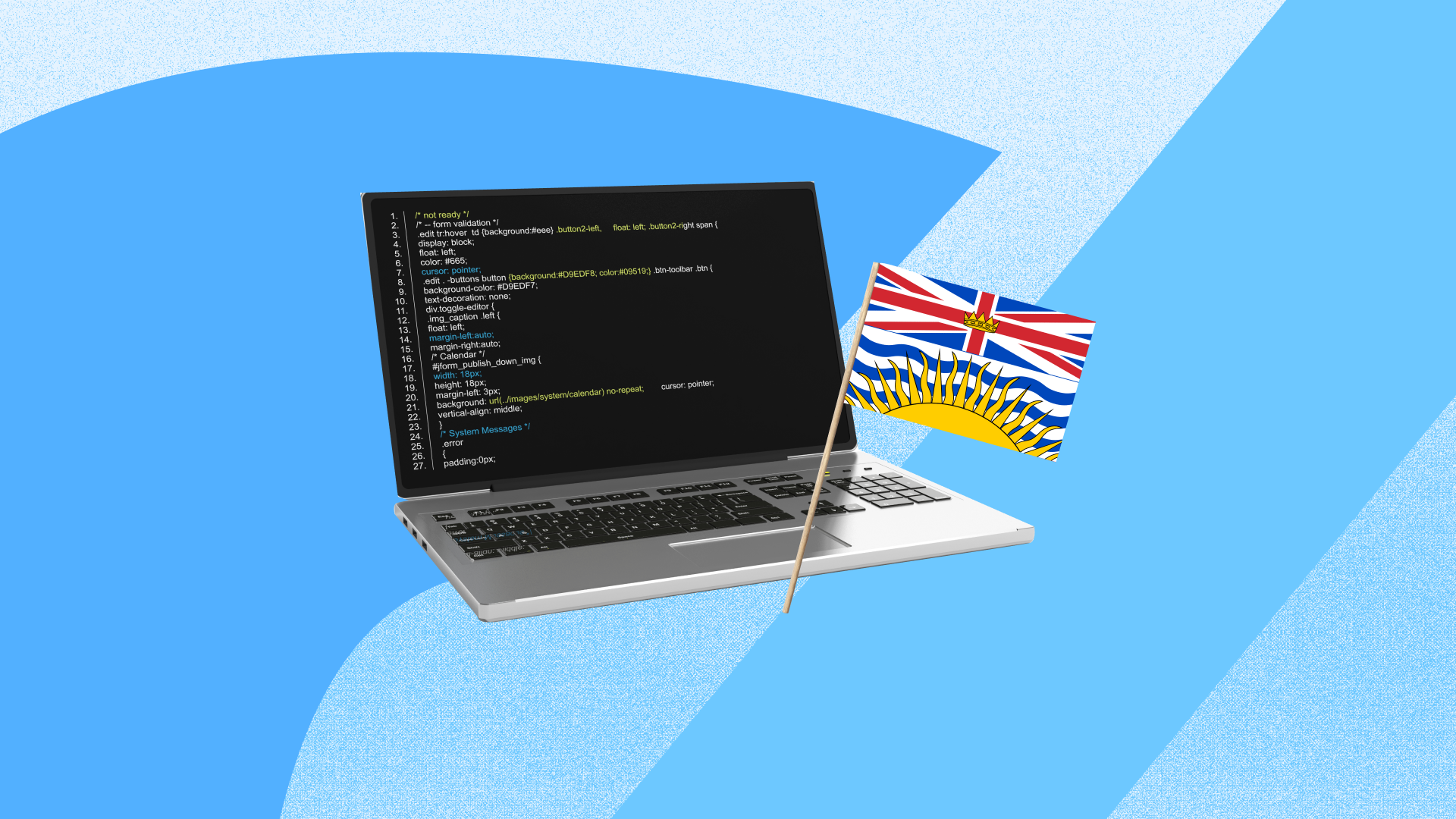How long is maternity leave in the U.S.?
What benefits are typically included during maternity leave?
How can an employee apply for maternity leave?
What is the difference between maternity leave and parental leave?
Maternity Leave
Maternity leave refers to unpaid or paid time off (PTO) for employees after giving birth, allowing them to recover and care for their newborn.
How long is maternity leave in the U.S.?
Maternity leave in the United States varies and can be a combination of paid sick leave, vacation, short-term disability, or unpaid family leave. The Family and Medical Leave Act (FMLA) allows maternity leave of up to 12 weeks for employees at companies with 50+ staff if they’ve worked 1,250 hours over the past year. Some states go further, offering paid family leave for up to 16 weeks.
What benefits are typically included during maternity leave?
The benefits vary depending on the business and its location. Under the FMLA, an employee’s health insurance coverage continues during their leave; however, they may need to cover their share of the premiums. It's important to research state laws to understand the rights and benefits available to employees. For example, some states offer pregnancy benefits in their disability insurance plan, which can help recoup some of the lost income.
How can an employee apply for maternity leave?
To apply for maternity leave, begin by reviewing the company’s policy to understand eligibility requirements, necessary documents, and notice periods. Most workplaces require formal written notice, typically at least 30 days before the scheduled leave date, along with a doctor’s note or medical confirmation. The HR department handles the process through an HR document management system or other, confirming leave details, timelines, and any necessary paperwork.
What is the difference between maternity leave and parental leave?
Maternity leave applies only to employees who have given birth. Parental leave is broader and encompasses time off for any parent, regardless of gender, to bond with a new child through birth or adoption.
Dive Deeper with Justworks’ Resources
Get a closer read on relevant topics related to benefits, payroll, HR, compliance, and more.





